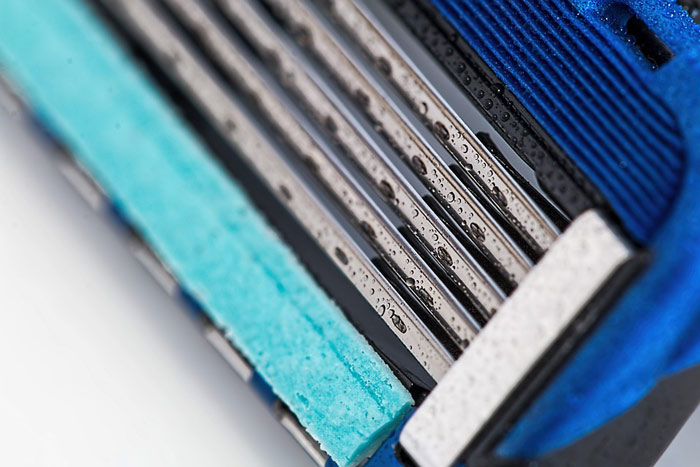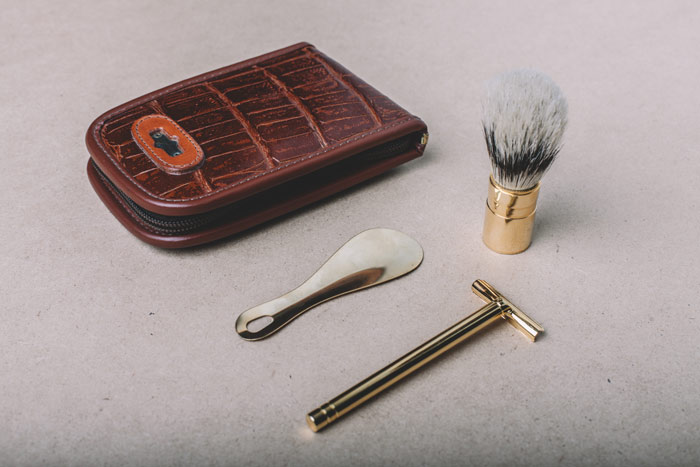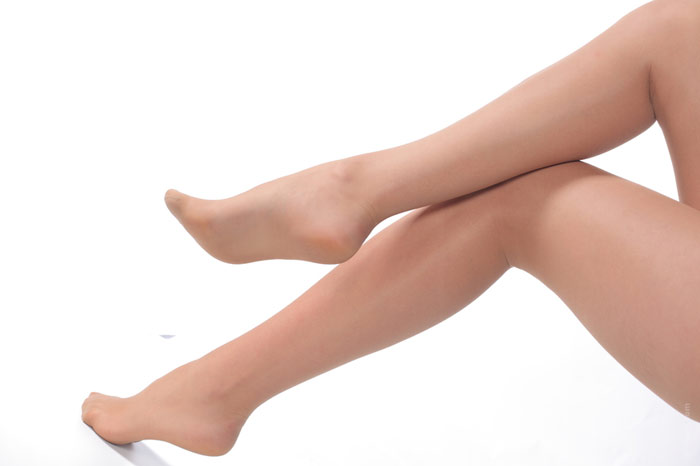Whether you are a man or woman, some type of hair removal is like a part of your routine. Societal norms (thankfully) have us grooming ourselves—at least occasionally.

In the last decade, we have seen a fairly sizeable shift away from hair removal in some bodily areas and into greater hair removal in others. For instance, men are shaving their crotch more and their faces less. As shave trends come and go, so do the means with which we use to remove our bodily hair.
And while humans have been practicing some type of hair removal for some 6,000 years, the advances in shaving technology have mostly occurred in the last century. In fact, shaving tech more recently reached its pinnacle in the last decade with the introduction of both five and six blade cartridge razors.
While these tools tout the advantages of their added blades and advances, it may be helpful to discuss:
- A brief history of advances in shaving technology and why we currently shave with five and six-blade razors
- Some less popular, but perhaps less expensive and more environmentally-friendly alternatives
History of Shaving
 Before the cartridge razor, we had Gillette’s original patented double-edge safety razor. Before the safety razor, we had the straight, cutthroat razor and before that, we used rocks and bludgeoning instruments as multi-use tools to remove hair.
Before the cartridge razor, we had Gillette’s original patented double-edge safety razor. Before the safety razor, we had the straight, cutthroat razor and before that, we used rocks and bludgeoning instruments as multi-use tools to remove hair.
The safety razor is arguably the greatest and most notable advance in shaving technology. Since the original patent was filed in 1921, Gillette has secured numerous additional patents, tweaking designs and adding additional features. After in-depth research and added patents, the company inevitably would then embark on extensive marketing campaigns to sell its latest shaving improvement on the world. As subsequent patents expired, the company continuously had to reinvent and improve, fearing (rightfully) its market share would be gobbled-up by upstart competitors.
Inevitably, the marketing campaigns (combined with a high market penetration and distribution chain) worked. The consuming public bought into the idea that we needed additional blades to obtain the highest quality shave possible.
Safety Razor: The Original Alternative
The consuming public finally got wise to the idea that with each subsequent improvement to the shaving tech, they were paying more than a small marginal difference in price for that improvement. With cartridge razor markups greater than 4,000% for some of the more popular five and six blade cartridges, shavers started to ask, “is there a better way?”
Consequently, many a shaver has reverted back to wet shaving with a safety razor as a means for their regular hair removal routine. While still less popular, shaving with a safety razor has the following unique benefits beyond a cartridge razor:
- Less Expensive. The recurring cost of shaving with a safety razor is $0.10 to $0.50 per blade (on the highest end) compared to $4.00 or more for the fanciest multiblade cartridges.
- More Environmentally Friendly. Cartridge razors are not recyclable while double edge safety razor blades are. Since the EPA estimates that some 2 billion (yes with a “B”) cartridges are dumped into U.S. landfills annually, the safety razor is the obvious solution so wasteful cartridges.
- More Customizable. The cartridge razor is built as a one-size-fits-all solution to the daily shave, but for those who do not want to cut the hair all the way to the skin (or in some cases below), the single-pass shave with a safety razor is the perfect solution.
- Less Irritation. Per the previous point above, a single or double-pass shave often solves the razor bump and razor burn issues so often associated with cartridge razors.
- More Enjoyable. Ask anyone who regularly wet shaves with a safety razor and they will tell you the daily chore is more like a daily indulgence.
 Yes, many shavers associate safety razors with a manly shaving routine, more women are also switching to shaving with a safety razor for many of the same reasons previously outlined. The intimidation for wet shaving with a safety razor quickly subsides, even for women looking to shave their legs, underarms and bikini area. It’s not as difficult as some have pre-supposed.
Yes, many shavers associate safety razors with a manly shaving routine, more women are also switching to shaving with a safety razor for many of the same reasons previously outlined. The intimidation for wet shaving with a safety razor quickly subsides, even for women looking to shave their legs, underarms and bikini area. It’s not as difficult as some have pre-supposed.
And while the traditional wet shaving technique remains less popular for both men and women, most wet shaving enthusiasts will tell you they will never return to the ways of cartridge razor shaving.
Josh Chou is a wet shaving enthusiast with Shave.net. He assists men and women in improving their lives by improving their daily shave routines. Based in Seattle, Washington, Josh enjoys all things outdoors, including hiking, skiing, and camping.










